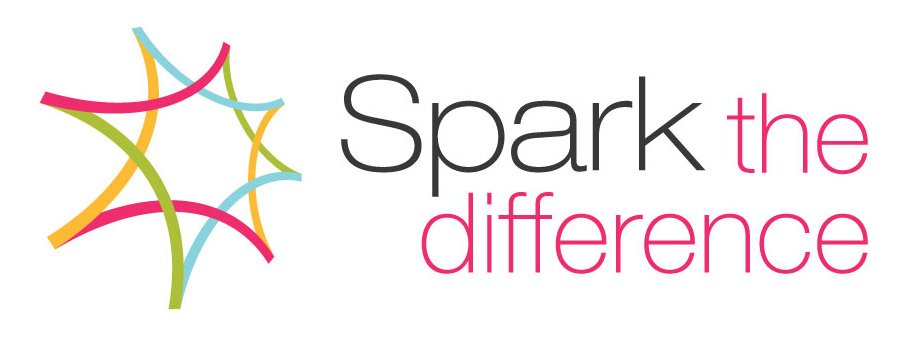Taking learning back into the workplace
How did we support staff to embed learning after our wellbeing training conferences?
In July and September, we delivered a series of training conferences to care professionals across North East and North Cumbria. With the intention to support them with confidence and skills to have more effective and meaningful conversations about wellbeing in the workplace.
When designing this work, we recognised that when many of us go on training courses, we can leave our stacks of notes unread or unactioned.
So, to embed the learning, we offered participants the opportunity to attend a series of reflective sessions over five weeks. These were to give people the opportunity to consider and share their experiences of using their learning back in the workplace / the “real world.”
After attending these sessions, one person reflected that, “embedding the learning is the ‘main event’ and not the training event like I first thought.”
Here are two things that resonated with people in these reflective sessions:
(1) Meeting openers in a digital world
We were conscious that people might be feeling nervous at the prospect of sharing their thoughts to a group online. We thought carefully about how to make people feel more at ease and when to give them the space to talk once they were ready.
We opened each session with an ice breaker. Answering these opening questions was always optional; and we offered people the opportunity to respond on mic, or in the chat – or not at all.
For the first session, we played it relatively safe and asked people what shade they prefer their cups of tea. This gave the rest of the group a teaser of information about each other, and the cups of tea lined up looked aesthetically pleasing too. However, it did prove to be quite a controversial discussion at times on the relative levels of milk and tea bag strength!
Our silliest opening question was, “On a scale of 1-9, which guinea pig are you most feeling like today?” This infused some laughs but also allowed us all to open up a bit more. It also meant we could be mindful of how others were feeling that day.
As the weeks went on, and people felt more and more comfortable, we opened the session by asking attendees to share a story about the origin of their name. We discovered people trusted each other enough to share a personal story and it turned out those sessions were where we had our most honest and vulnerable conversations as a group.
(2) Uncovering the “untruths” about ourselves
A big part of our ethos for having meaningful and effective conversations about wellbeing, is to make time to plan for and then to reflect on our interactions with others. The goal is that through this, we’ll be better able to have compassionate conversations that support each other’s wellbeing.
We discovered that we can sometimes get stuck in “untruths” about ourselves and others that can hinder relationship building. We shared two useful scripts for self-inquiry that were real light bulb moments for us:
Byron Katie’s ‘The Work’: - Ask yourself: Is it true?
And then, Can you absolutely know that it’s true? How do you react when you believe that thought? Who would you be without the thought?
Brené Brown: “The story I’m telling myself right now is…” is a filter that we can put our beliefs through.
Start a sentence with, “the story I’m telling myself right now is…” to describe what you think/feel is going on.
Then, reflect on: What are the facts, and what are my assumptions? What do I need to know about the others involved? What am I really feeling? What part did I play?
We love to share our insights and learning at Spark. We’re very happy to hear that some participants have taken the tools above and started using them with their teams, experimenting with what works within their own contexts.
If you’d like a chat about anything we’ve shared, I’d love to share a cuppa with you (mine’s an E2...!)
You can find my email here.


